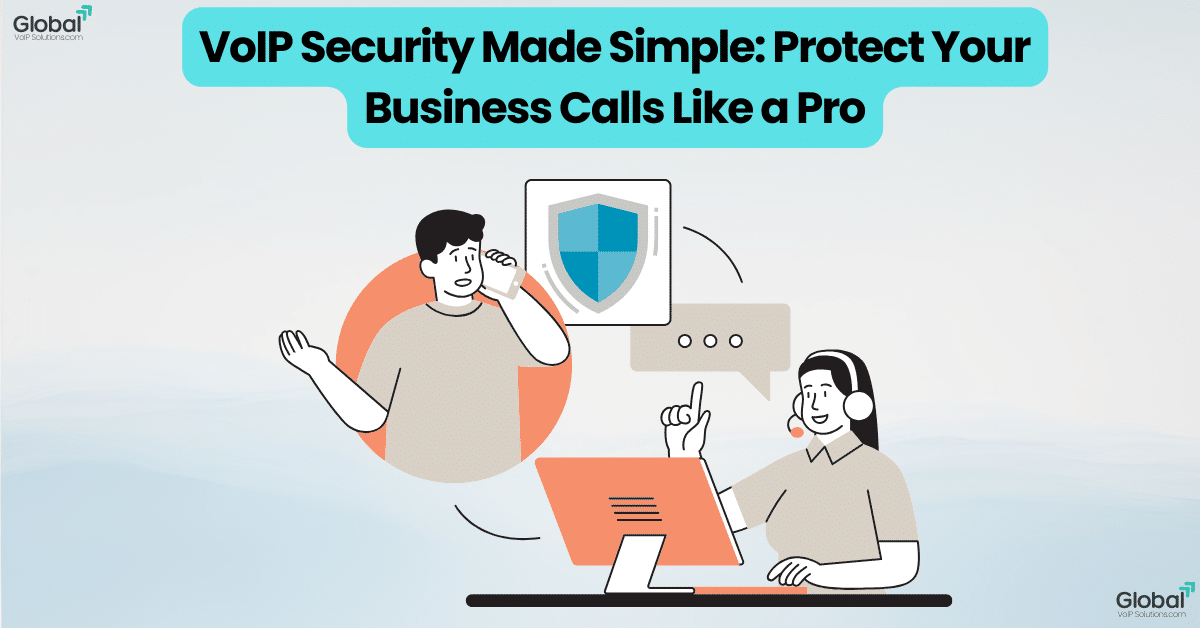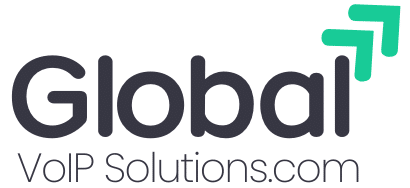
In today’s digital age, Voice over Internet Protocol (VoIP) has become a staple for businesses looking to streamline communications and reduce costs. However, with the convenience of VoIP comes the need for robust security measures. Whether you’re a small business owner or an IT professional, understanding VoIP security best practices is crucial to safeguarding your communications. Let’s dive into the world of VoIP security and discover how to protect your business calls like a pro.
Why VoIP Security Matters
Imagine you’re running a bustling e-commerce business. Your customer service team relies on VoIP to handle inquiries and resolve issues. Suddenly, you notice an unusual spike in call volume, and your team is overwhelmed. Upon investigation, you realize that your VoIP system has been hacked, and fraudulent calls are clogging your lines. This scenario highlights the importance of VoIP security. Without proper safeguards, your business could face significant disruptions, financial losses, and reputational damage.
VoIP Security Best Practices
1. Encrypt Your Communications
Encryption is the cornerstone of VoIP security. By converting your voice data into an unreadable format, encryption ensures that even if intercepted, your communications remain secure. There are several VoIP encryption methods to consider:
- Transport Layer Security (TLS): This protocol secures the connection between your VoIP devices and the server, preventing eavesdropping and tampering.
- Secure Real-time Transport Protocol (SRTP): SRTP encrypts the actual voice data, ensuring that conversations remain private.
- ZRTP (Zimmermann Real-time Transport Protocol): ZRTP provides end-to-end encryption, meaning that only the communicating parties can decrypt the data.
Example: A law firm handling sensitive client information can use SRTP to encrypt all VoIP calls, ensuring that confidential discussions remain private.
2. Implement Strong Authentication
Weak passwords and authentication methods are a hacker’s dream. To prevent unauthorized access, implement strong authentication practices:
- Multi-Factor Authentication (MFA): Require users to provide two or more forms of identification before accessing the VoIP system.
- Unique Passwords: Ensure that each user has a unique, strong password that is changed regularly.
- Biometric Authentication: For added security setup , consider using biometric methods like fingerprint or facial recognition.
Example: A healthcare provider can use MFA to ensure that only authorized personnel can access patient information via VoIP providers calls.
3. Segment Your Network
Network segmentation is a powerful way to limit the spread of threats within your VoIP system. By dividing your network into smaller, isolated segments, you can contain potential breaches and minimize their impact.
- VLANs (Virtual Local Area Networks): Create separate VLANs for different departments or functions within your organization.
- Firewalls: Use firewalls to control traffic between segments and block unauthorized access.
- Access Control Lists (ACLs): Implement ACLs to define who can access specific network segments.
Example: A financial institution can segment its network to separate VoIP traffic from other data, reducing the risk of cross-contamination in case of a breach.
4. Regularly Update and Patch
Outdated software and firmware are prime targets for hackers. Regularly updating and patching your VoIP system can close security vulnerabilities and protect against known threats.
- Automatic Updates: Enable automatic updates for your VoIP software and hardware.
- Patch Management: Implement a patch management system to ensure that all devices are up-to-date.
- Vendor Alerts: Stay informed about security updates and patches from your VoIP vendor.
Example: A retail chain can set up automatic updates for its VoIP phones to ensure that all devices are protected against the latest threats.
5. Monitor and Analyze Traffic
Continuous monitoring and analysis of your VoIP traffic can help detect and respond to security threats in real-time.
- Intrusion Detection Systems (IDS): Use IDS to monitor for suspicious activity and potential breaches.
- Log Analysis: Regularly review logs to identify unusual patterns or anomalies.
- Real-Time Alerts: Set up real-time alerts to notify you of potential security incidents.
Example: A tech startup can use IDS to monitor its VoIP traffic and receive alerts if there are sudden spikes in call volume or unusual call patterns.
6. Educate Your Users
Human error is a significant factor in many security breaches. Educating your users about VoIP security best practices can go a long way in preventing incidents.
- Training Sessions: Conduct regular training sessions to keep users informed about security protocols.
- Phishing Awareness: Teach users how to recognize and avoid VoIP phishing attacks.
- Incident Reporting: Encourage users to report any suspicious activity or security concerns.
Example: A marketing agency can hold quarterly training sessions to educate employees about the importance of strong passwords and how to spot phishing attempts.
Preventing VoIP Hacking
VoIP hacking can take many forms, from eavesdropping to call hijacking. Here are some strategies to prevent VoIP hacking:
- Use Strong Encryption: As mentioned earlier, encryption is your first line of defense against hackers.
- Limit Access: Restrict access to your VoIP system to only those who need it.
- Regular Audits: Conduct regular security audits to identify and address vulnerabilities.
- Secure Endpoints: Ensure that all devices connected to your VoIP system are secure, including phones, computers, and routers.
Example: A manufacturing company can limit VoIP access to essential personnel and conduct monthly security audits to identify and fix vulnerabilities.
Protecting Against VoIP Phishing Attacks
VoIP phishing attacks, also known as vishing, involve tricking users into revealing sensitive information over the phone. Here’s how to protect against these attacks:
- Verify Callers: Train users to verify the identity of callers before sharing sensitive information.
- Use Caller ID: Implement caller ID to help users identify legitimate callers.
- Report Suspicious Calls: Encourage users to report any suspicious calls to the IT department.
Example: A bank can train its customer service representatives to verify the identity of callers and report any suspicious activity to the security team.
Conclusion
Securing your VoIP system is not a one-time task but an ongoing process. By following these best practices, you can significantly enhance the security of your business communications. Remember, the key to effective VoIP security is a combination of strong encryption, robust authentication, network segmentation, regular updates, continuous monitoring, user education, and proactive threat prevention.
Don’t let security be an afterthought. Take the time to implement these measures and protect your business calls like a pro. Your customers, employees, and stakeholders will thank you for it. Stay safe, and happy communicating!


